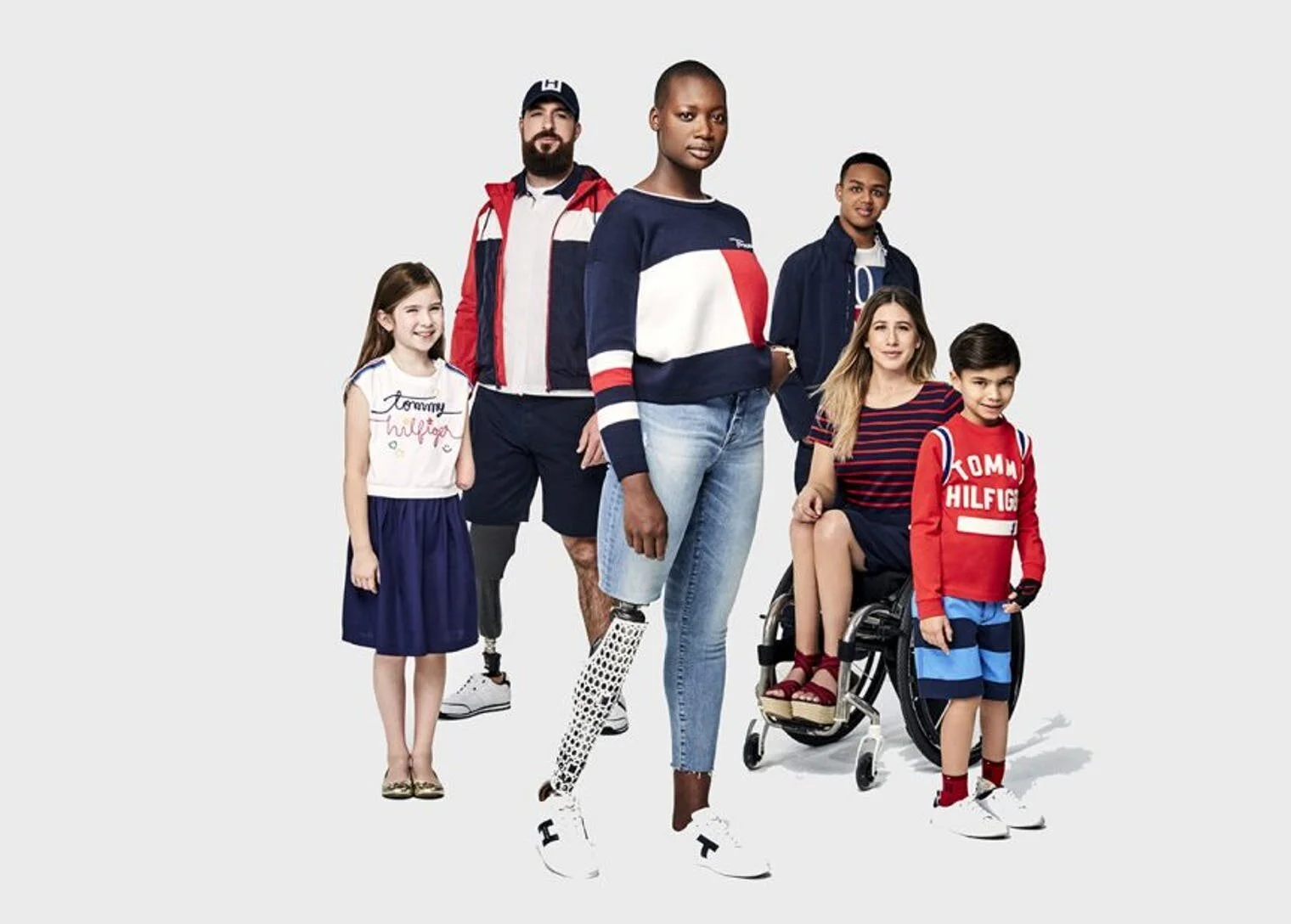
Video → i-D Meets Aaron Philip
TECHNOLOGY • 25 August 2021
Written by Laura Pitcher
Can New Technology in Adaptive Fashion Make the Industry More Accessible?
We’re at the start of a shift towards more inclusive fashion, with a long way still to go.
There’s an old adage that says “fashion is pain”. However, with new advancements in adaptive fashion, it doesn’t have to be. Utilizing the power of technology, the growing adaptive fashion market offers the opportunity to create clothing that’s wearable for everyone, including those with different abilities.
Adaptive fashion is functional clothing that prioritises ease of dressing to make the garment accessible to varying abilities. This includes”seated-wear” design for wheelchair users or simple closures for people who have difficulties dressing.
According to the World Health Organisation, there are 650 million people with disabilities globally, roughly 10% of all the people on the planet. One in four U.S. adults live with a disability and the adaptive fashion market is predicted to reach almost US $400 billion by 2026.
For too long, adaptive fashion has been on the outskirts of fashion. However, recently an increasing number of luxury designers are finally taking notice of the demand. In February, Nike announced the release of its first-ever hands-free sneaker, the GO FlyEase, The product was initially designed for athletes with disabilities before the brand realized the product could be much more universal.
Nike is not alone. In 2017, Tommy Hilfiger (who has two children who are on the autism spectrum) launched a line of clothing with easy magnetic closures, expandable hems, seated-wear, and sensory-friendly fabrics. Target also features a sensory-friendly clothing line for kids.
There’s no denying that, while those collections are a starting point, fashion has a long way to go before it’s accessible for everyone. Here’s where technology comes in. Armed with technological advancements, designers are creating garments that are custom-designed to different needs and abilities.
One prime example of this is Ontenna, a new device out in Japan that converts and transmits the volume of different noises to vibration and light in real time. Ontenna was recreated into jewelry by 2019 LVMH Prize finalist Kunihiko Morinaga’s fashion label Anrealage. For many people, the Ontenna device looks like a headpiece but for people who are deaf, it can give them the opportunity to experience sound.
New products like Ontenna give a glimpse into the world where adaptive fashion goes beyond clothing that’s easier to put on, and (combined with new technology) meets the wearer’s protection, functionality and comfort needs. As 3D printing also becomes more accessible, it offers a similar promise, as long as accessibility is always kept at the forefront of the new designs.
Spain-based ZER Collection makes 3D-printed clothing, including pullovers and formal dresses. While 3D printing fabrics is fairly new and currently expensive, the brand hopes to incorporate new technologies, such as laser cutting and body scanning, into their production soon. With this in mind, it’s easy to envision a future where garments can be made for each individual.
This more accessible future, however, is only possible if technological advancements come hand-in-hand with a larger cultural shift towards inclusivity in the fashion industry. A recent New York Times investigation exposed how algorithms block adaptive fashion advertisements from platforms like Instagram.
At the forefront of this much-needed shift are disability advocates. Adaptive fashion stylist Stephanie Thomas told InStyle that, moving forward, there needs to be a focus on education. “We don't teach disability whatsoever. We don't learn about it in school other than the special program here, or, a television program,” she said. “I really go out of my way to approach my work through the social model of disability, meaning that the problem is not disability, it's the barriers created by ableism. That is the real problem.”

